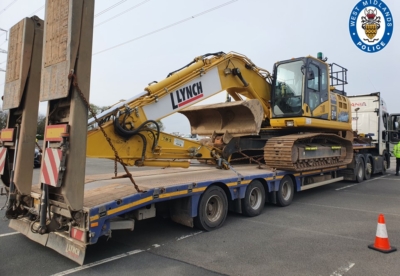A thorough audit of progress on the Boris Johnson Government’s commitment to build 40 new hospitals by 2030 has revealed serious flaws in progress to date.
The National Audit Office report warns the Government will miss its target by 2030 and urged NHS officials to speed up delivery of the second phase of projects.
Much of the major project element of the building programme has been loaded into 2025 starts, yet the plans to standardise design to modularise and cut costs of the next generation of hospitals has failed to materialise.
While the new 2.0 standard design for major hospitals is hoped to be completed by May next year, all major schemes seeking outline budget approval have been stalled by the design delay.
According to a new NAO report the whole programme is looking in serious ill health, due to inflation already driving up costs on smaller committed to projects and the lack of design certainty needed for accurate projected building cost savings on the next generation of larger hospitals expected to cost over £1bn each.
Auditors are calling on Government to push forward smaller schemes in the second phase due to start next year to avoid a serious logjam on the progress of the major hospital schemes being brought through in phase three.
The report warns that the four contractors singled out to deliver the programme – ISG, Kier, Laing O’Rourke and Wates – could face serious capacity constraints if the throughput of projects is bunched.
Meg Hillier MP, Chair of the Committee of Public Accounts: “English hospitals are in poor condition, after years of underinvestment.
“Today’s NAO report shows the government’s woeful lack of progress against its commitment to build 40 new hospitals by 2030.
“It has failed to even begin construction on any of the new hospitals in its second cohort which it thought were quick wins.”
She added: “The Department of Health and Social Care has been trying to move the goalposts so it can claim it has met its target. Patients and clinicians are going to have to wait much longer than they expected before their new hospitals are completed.”
When the health department officially set out the plan in October 2020, eight hospital construction projects already underway were not included in the target. But recent government statements about building 40 new hospitals include these eight projects, referred to as “legacy hospitals”.
Also last May, the government changed the scope of the programme to include hospitals in urgent need of repairs, including five judged to be at risk of collapse because of crumbling concrete infrastructure.
New hospital programme progress and budgets
First phase – eight legacy projects
Second Phase – due to complete construction by early 2028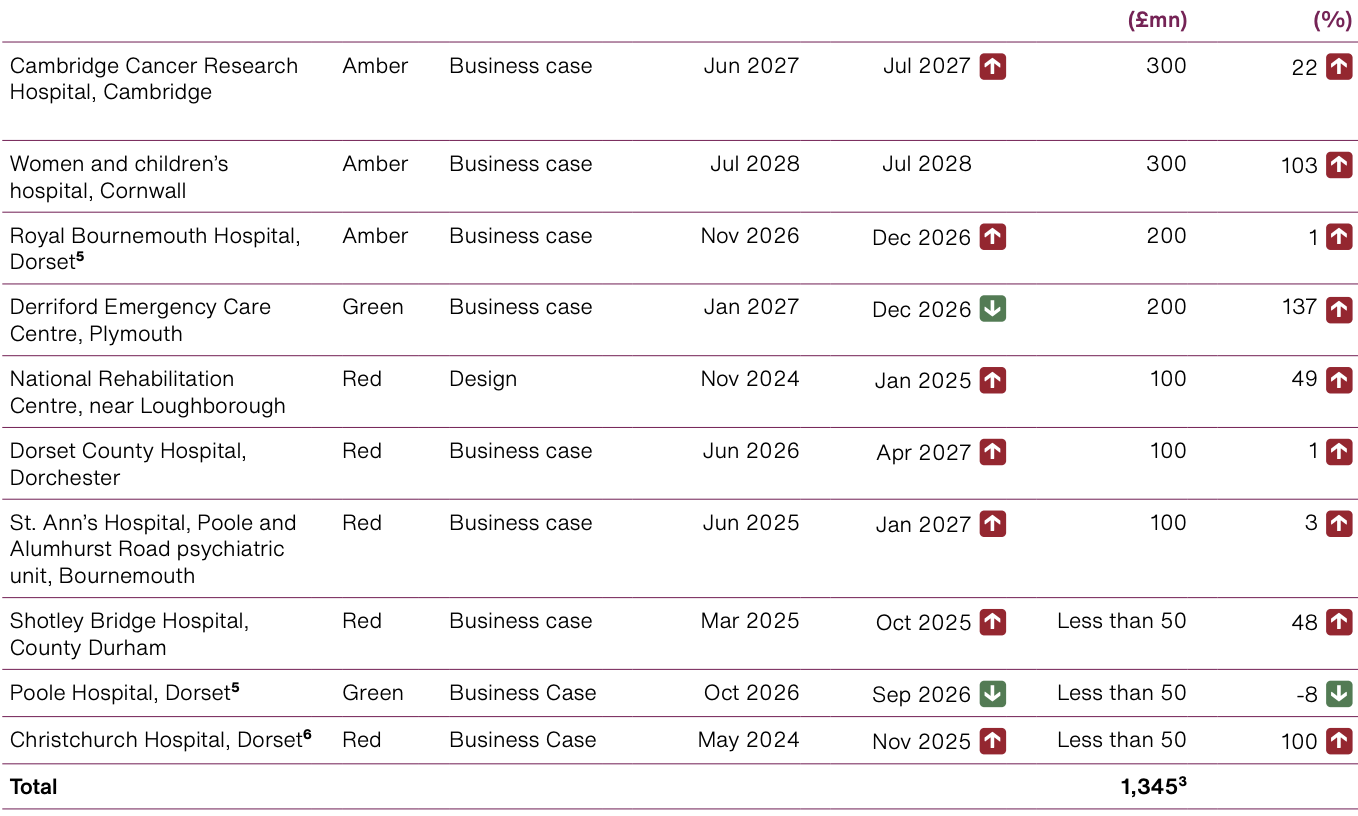
Phase three – bulk of major projects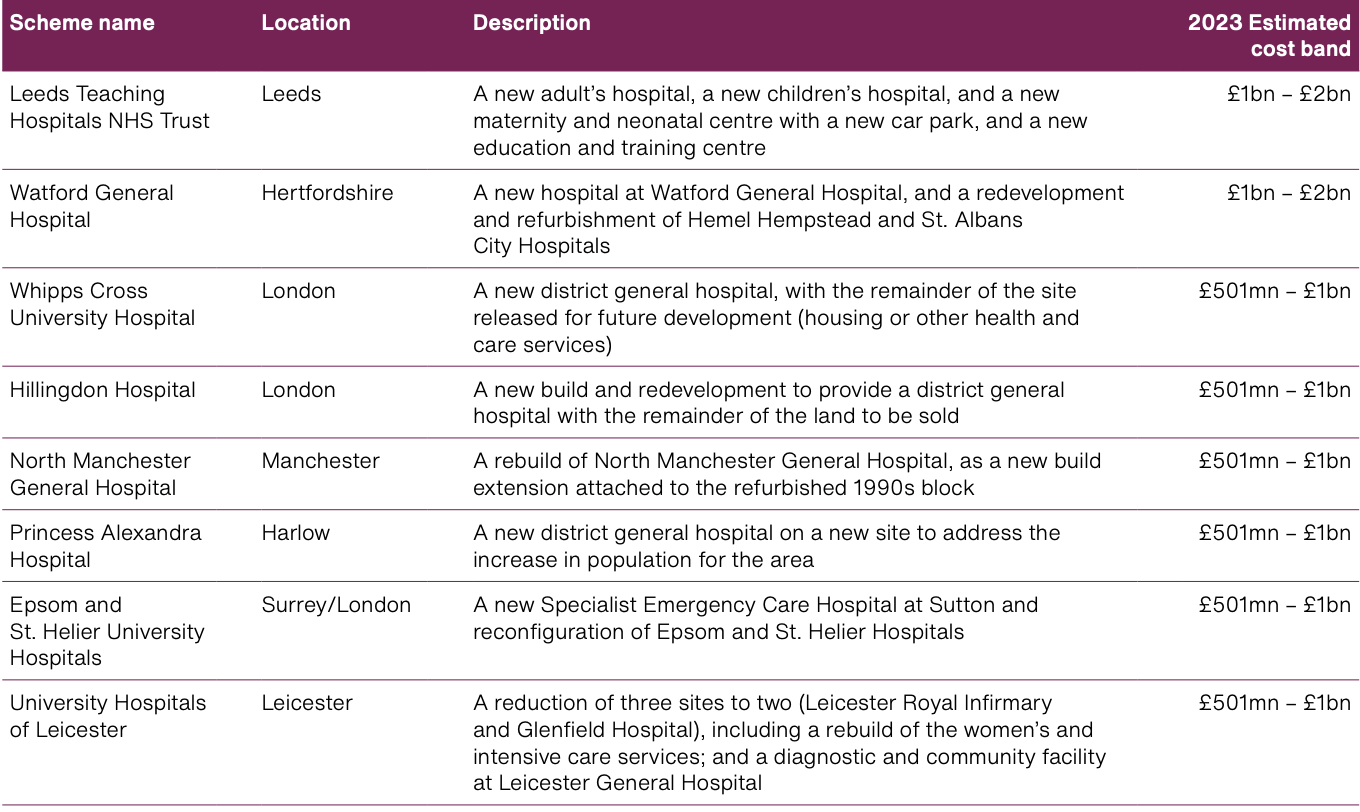
Phase four
NAO recommendations to DHSC, NHS England and government more widely include:
- Announcements about major capital programmes extending over more than one spending review period should fully reflect known uncertainties.
- DHSC should choose future hospital construction projects transparently and keep full records.
- Further bunching of construction schemes should be avoided.
- NHP should reconsider assumptions that may result in ‘minimum viable product’ future hospitals being too small.
Gareth Davies, the head of the NAO said: “The programme has innovative plans to standardise hospital construction, delivering efficiencies and quality improvements.
“However, by the definition the government used in 2020 it will now deliver 32 rather than 40 new hospitals by 2030.
“Delivery so far has been slower than expected, both on individual schemes and in developing the Hospital 2.0 template, which has delayed programme funding decisions.
“There are some important lessons to be drawn for major programmes from the experience of the New Hospital Programme so far.
“These include strengthening the business case process to improve confidence on affordability and delivery dates, and improving transparency for key decisions.”






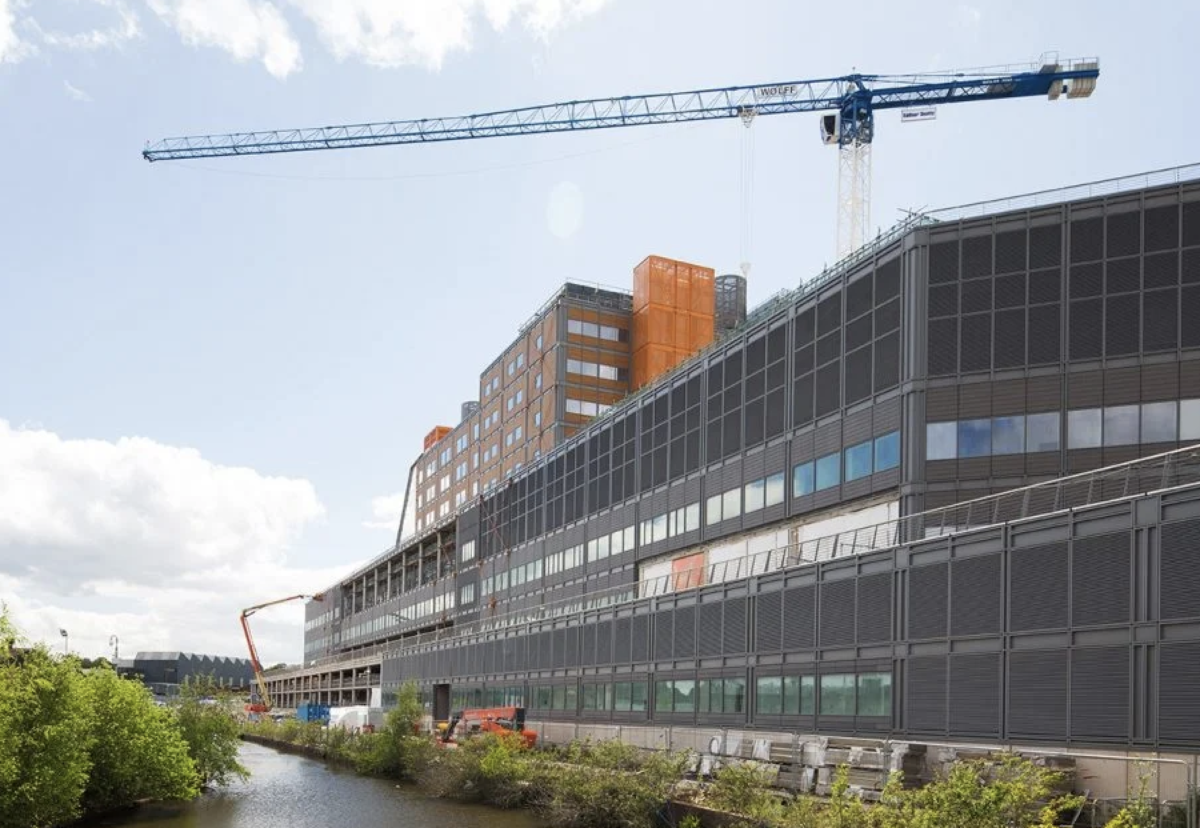



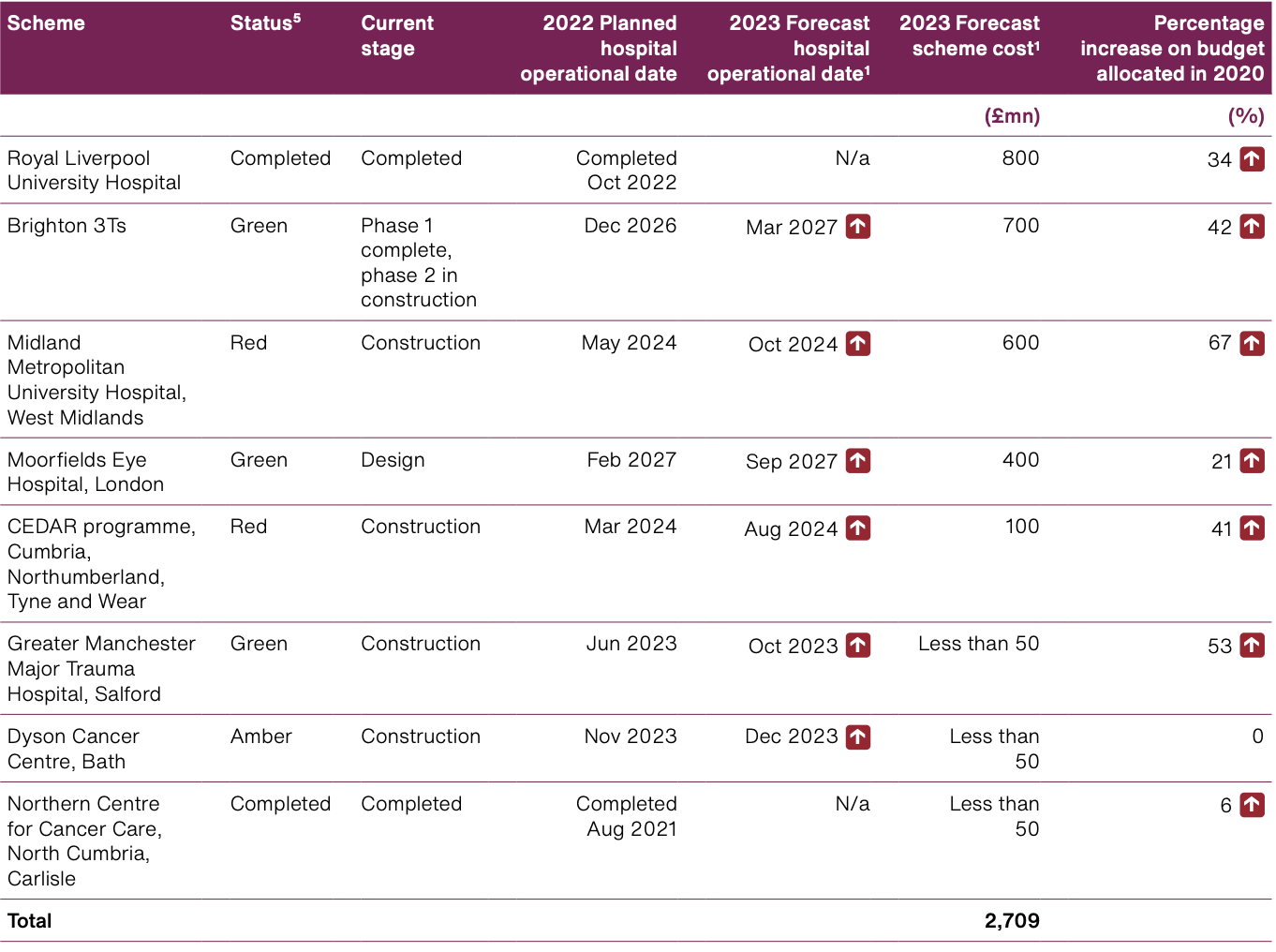
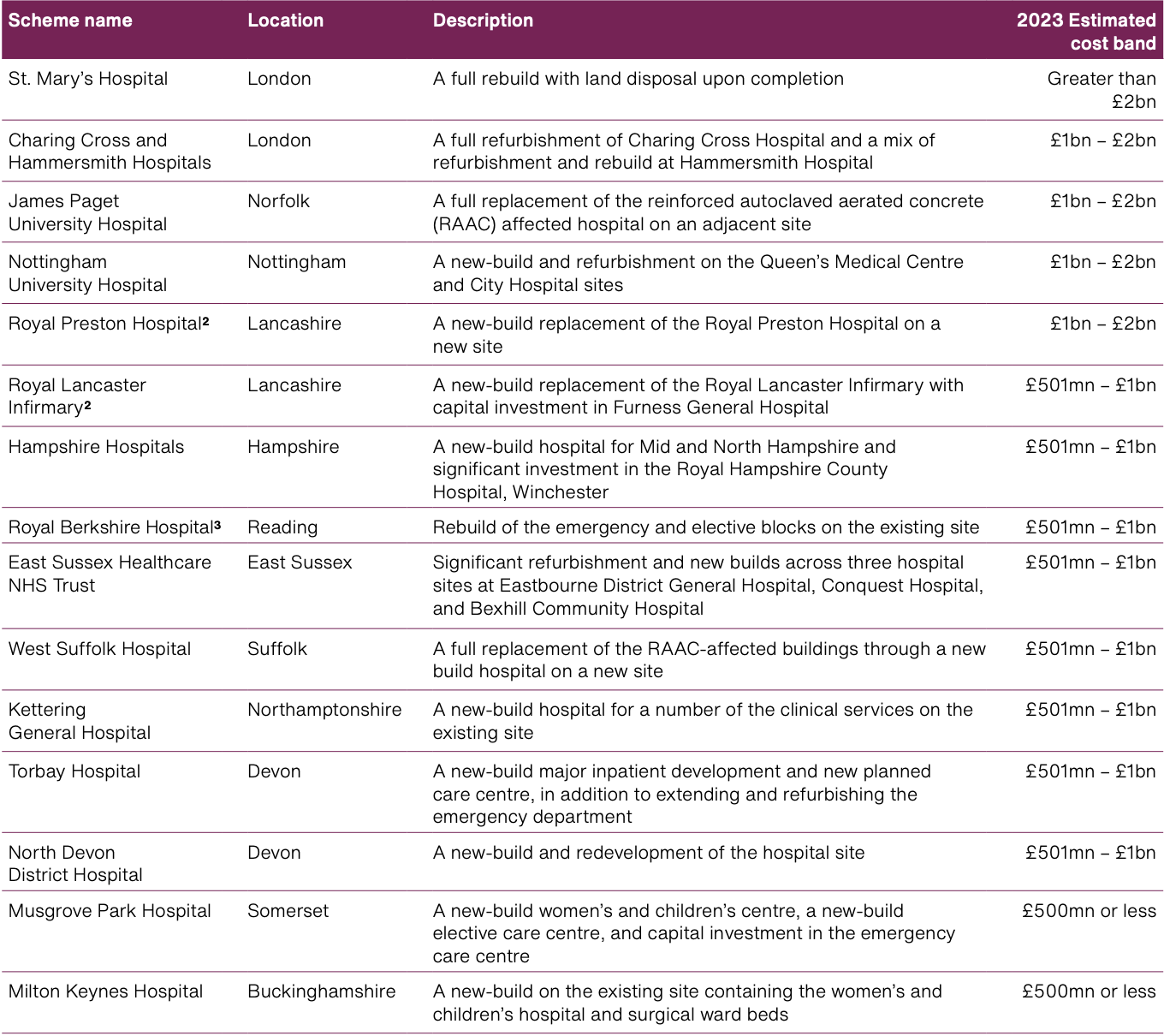












.gif)



 (300 x 250 px).jpg)


